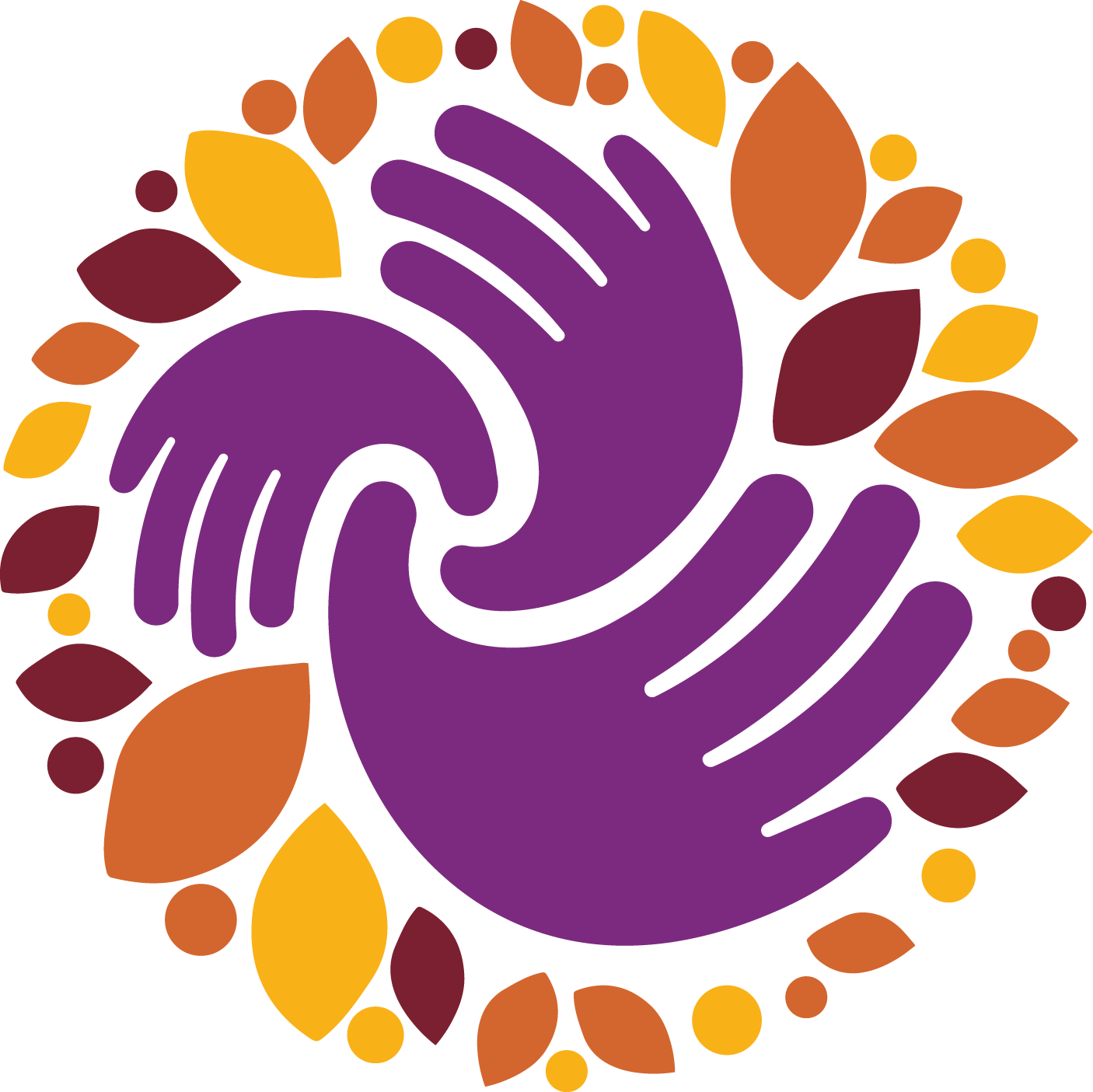The Commercial Sexual Exploitation of Children & Youth
CSEC happens anytime the sexual services of someone under 18 is traded for money or something of value.
What is CSEC?
Trafficking is part of CSEC, but not the only part. It includes sextortion, trading sex for basic needs, and more.
Anyone who pays for the sexual services of someone under 18 is a perpetrator of CSEC.
The problem of CSEC is further complicated by its context of the adult commercial sex industry.
Sex can be sold anywhere, but are most often sold online or on the dark web, through legal businesses like strip clubs, “The Stroll”, or as part of “The Game”
The activities done in the sex trade vary but can include: in and out calls, street-walking, pornography, intimate images, camming, dancing/stripping, and sugaring.
A global billion-dollar industry that is culturally & economically normalized around the world. In Canada, it is mostly illegal.
What is the Sex Trade/Industry?
-
The sex trade can be a source of economic security and self-actualization for adult, non-controlled sex workers.
CSEC is often confused with sex work, human trafficking, or sexual exploitation. When actually, it can look like, and be, all three of those things!
-
People’s experiences in the sex trade over time can be fluid and intersect with one another. Someone can be both a former victim of human trafficking and a current sex worker at the same time. People make choices based on several factors in their lives, including the choice to engage in the sex trade.
We created The Spectrum of Choice Framework to better understand how choice comes into play in the sex trade and help make distinctions between sexualized human trafficking, sexual exploitation and sex work.
Fundamental to this framework, is the principle of allowing victims and survivors to remain in control of their own labels and experiences.
No matter how someone is engaged in the sex trade, EVERYONE has the right to dignity, respect, and safety.
Why These Differences Matter
-
How someone participates in the sex trade will influence the types of services and supports they will require at any given moment. Understanding these differences allows service providers to tailor prevention and intervention programs in a trauma-informed way.
-
CSEC victims and survivors will have had very little control of their own identities and labels throughout their experiences. By encouraging them to identify their experiences using their own labels, they can gain an important piece of control over their own identities.
-
All of these terms carry a lot of stigmas and have many assumptions that can influence the way that people access and engage with programs and services. Everyone has the right to dignity, safety, and respect, regardless of how they are engaged in the sex trade.
For More Information
-
FAQs About CSEC
-
Risk Factors & Warning Signs
-
Talking to Youth About CSEC
-
The Law & CSEC



